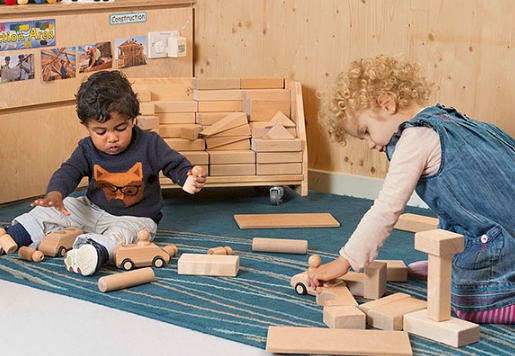Understanding AssociExplanation of Associative Play
Associative play is a type of play where children interact and play together in a loosely organized manner. It usually begins around the age of 3 and continues into early childhood. During associative play, children engage in activities like building with blocks, playing house, or creating imaginary scenarios together.
Importance of Associative Play
Associative play is crucial for children’s social and cognitive development. Through playing with others, children learn important skills such as sharing, cooperation, and problem-solving. They also develop their language and communication skills as they interact with their peers.
Learning Through Play
When children engage in associative play, they are actively learning and practicing important social skills. They learn to take turns, negotiate with others, and communicate effectively to achieve a common goal. These experiences help children develop empathy, understand social cues, and build relationships with their peers.
Promoting Associative Play
Parents and educators can encourage associative play by providing children with opportunities to interact with others in a playful and supportive environment. Setting up group activities, such as games or art projects, can help children learn to work together and collaborate with their peers.
Conclusion
Associative play is a valuable learning tool for children, helping them develop important social, cognitive, and emotional skills. By understanding the benefits of associative play and creating opportunities for children to engage in it, parents and educators can support their development and foster positive social interactions among peers.

